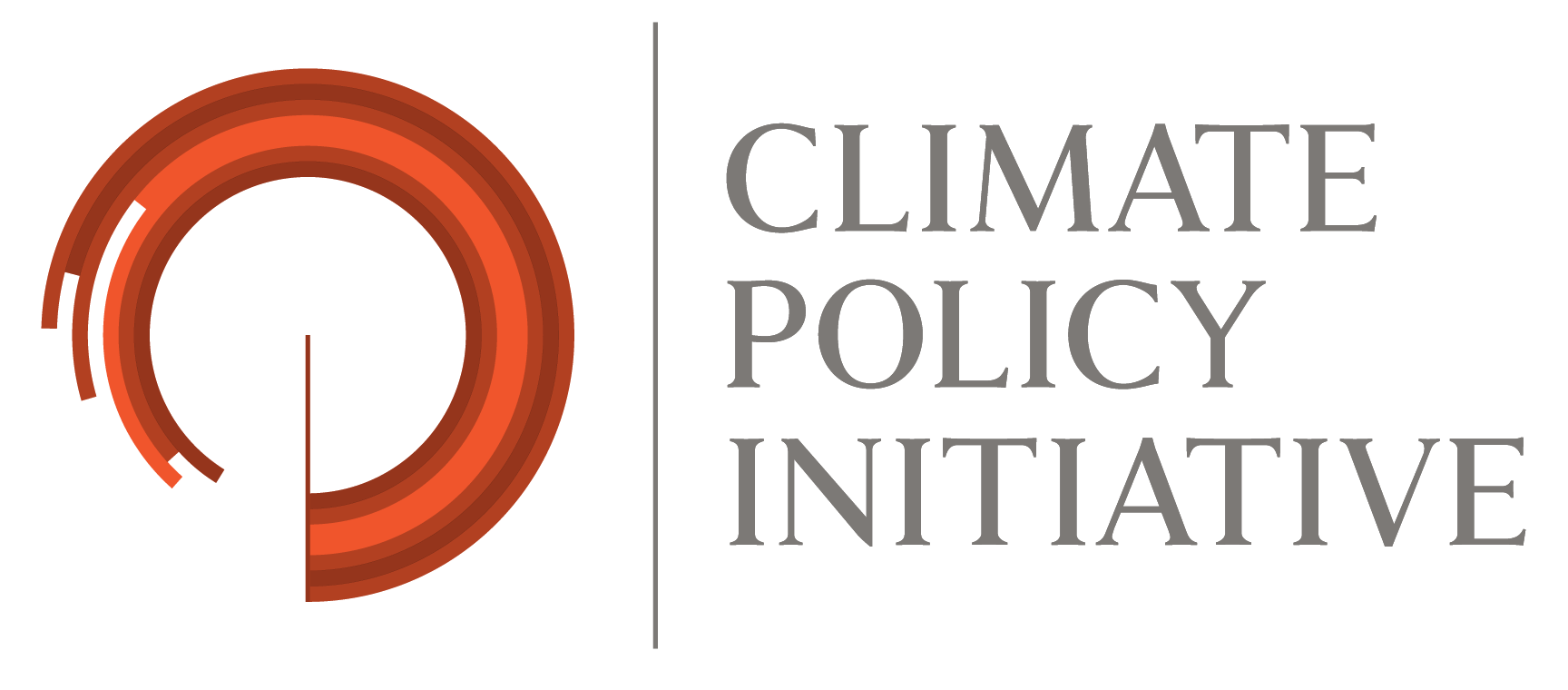Human-driven methane emissions are responsible for nearly 45% of current net global warming, with waste (solid and wastewater) contributing around 20%. Despite this, financial flows to organic waste management are alarmingly low and concentrated in large-scale projects.Around 94% (USD 4.08 billion) of methane abatement finance in the waste sector went to waste-to-energy incinerators in 2021/22, and only 1% (USD 20 million) to organic waste management. In addition to this limited allocation, the projects have not generally considered the inclusion of local communities and informal sectors, particularly in emerging markets where such groups are often affected by waste management projects and partake in implementing climate action.
Under the coordination of the Global Alliance for Incinerator Alternatives (GAIA), CPI has conducted financial analysis of various waste management business models in Indonesia and Brazil (sample selection detailed in the full report). Below are the key findings:
- Public budget allocations for waste management in both Indonesia and Brazil are low and mainly go to large-scale projects. Brazil has a higher allocation (ranging from 1.9% to 5.1% of each municipal budget across the country) than Indonesia (0.3% to 2.4%).
- Among all waste management operators, those with decentralized models show potential for greater cost efficiency. These were community groups in Indonesia, and waste picker cooperatives and home composting in Brazil.
- Community-based and informal operators were competitive in terms of levelized cost of waste management (LCOW),[1] despite recording the lowest operating margins. Community groups in Indonesia had an LCOW of USD 28-63/tonne, compared to USD 11-92/tonne for private operators and USD 49-59/tonne for government operators. In Brazil, home composting had an LCOW of USD 1.69-19.12/tonne, waste picker cooperatives USD 17.63-20.90/tonne, private operators USD 74.65-324.10/tonne, and government-operated facilities USD 22.96-46.36/tonne.
- Decentralized models achieve cost efficiencies due to several advantages in terms of capital expenditure and operational expenditure. Capital expenditure on fixed assets (e.g., land acquisition) contributes the most to total asset value (accounting for 89% in relevant Indonesian cases and 58% in Brazil), presenting a major potential barrier to entry for industrial players, but less so for decentralized models such as home composting.
- Operational expenditure is the main cost driver for all groups across both countries, except for home composting in Brazil. Labor is the largest operational expense (ranging from 74% to 98% in Indonesia and 48% to 90% in Brazil), demonstrating how the waste management sector is labor-intensive and can create jobs.
- Co-benefits are particularly present in government- and community-operated business models. Co-benefits include job creation, provision of food from farming using waste management byproducts, and improved air and water quality from reduced methane and CO2 emissions from waste processing and transportation.
- Community groups have the most complex capital structures, comprising finance from private entities (49%) and the government (48%), as well as grants from corporate social responsibility and philanthropic sources (3%). However, their operational funding is entirely derived from their operational revenues. This can create financial strain, especially because their small waste processing volumes and high labor dependency raise operating costs per tonne. Reliance on shorter-lived assets further increases community groups’ need for recurrent capital inflows, placing pressure on their funding mechanisms.
Based on the above findings, the following action items are recommended to help scale up financing for organic solid waste management in Indonesia and Brazil:
- Design a holistic approach to waste management. Waste management should not be considered in isolation; it should be linked with other important sectors such as health, environment, and climate change mitigation.
- Involve all stakeholders in waste management, including communities and informal workers. As neither the public nor the private sector can fully cover all waste management needs alone, the government should lead, coordinate, and involve all stakeholders, including informal workers and community groups that participate in waste management activities.
- Create measurable and transparent indicators to evaluate the implementation of waste management interventions. Both public and private projects should have a monitoring and evaluation system with measurable indicators, including to calculate budget savings from upstream organic waste management.
- Create legal status/certainty for informal stakeholders in the waste management sector. It is important to create a legal contract between all waste management operators, including informal service providers, with the government or other entities receiving the service, to ensure cashflow and thus equal access to project financing from banks or other private financing institutions.
This report is also available in and
[1] The LCOW is the total investment and operational cost over the lifetime of the facilities (assumed as 20 years) divided by the total volume of waste being treated over the same period.

